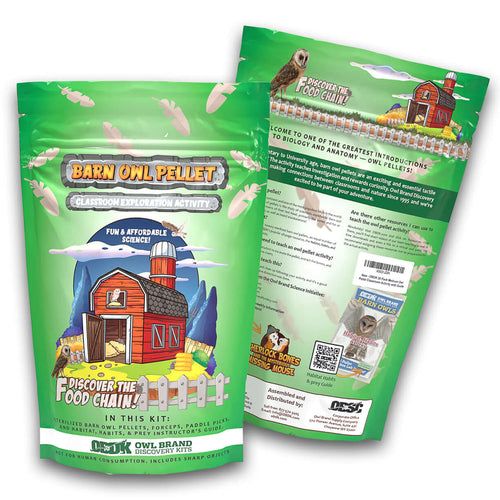No Products in the Cart
Roosting & Social Behavior: Where Do Bats Live?

Home Sweet (Upside-Down) Home
If you’ve ever wondered where bats go during the day, the answer is simple—they’re sleeping! But their choice of home, known as a roost, is anything but ordinary.
Bats roost upside down in a variety of safe, dark spaces:
- Caves and caverns — classic bat habitats that provide stable temperatures and protection.
- Tree hollows and under bark — common for forest species.
- Bridges, attics, and barns — many bats adapt to human structures.
- Bat boxes — human-made shelters that mimic natural roosts.
Hanging upside down lets bats take off into flight easily—since their wings can’t generate enough lift from the ground. Their strong tendons “lock” in place, allowing them to hang effortlessly while sleeping, nursing young, or hibernating.
Fun fact: Bats can hang upside down for hours without using any muscle strength at all—it’s pure anatomical engineering!
Life in a Bat Colony
While some bats prefer solitude, many are social creatures that live in colonies ranging from a few dozen to millions of individuals. Inside these colonies, bats communicate through chirps, clicks, and even ultrasonic calls that humans can’t hear.
Different types of colonies include:
- Maternity colonies – where females gather to give birth and nurse pups.
- Hibernation colonies – where bats cluster together during cold months to share warmth.
- Day roosts – used for resting between nightly foraging trips.
Each colony operates like a tiny city—with roles, communication systems, and a shared sense of safety in numbers. Researchers have found that mother bats can even recognize their pups by their unique calls among hundreds of others!
Fun fact: The largest known bat colony, in Bracken Cave, Texas, hosts over 15 million Mexican free-tailed bats—the largest congregation of mammals on Earth!
🧩 Classroom Connection
Bring bat behavior to life in your classroom with these easy-to-run activities:
1. “Build a Bat Colony” Game
- Assign each student a “bat role” (mother, pup, hunter, lookout).
- Create a cave corner in your classroom with paper stalactites and dark fabric.
- Have students act out how bats find space, communicate, and care for pups.
2. Roost Design STEM Challenge
- Using cardboard, felt, and recycled materials, challenge students to design a bat-friendly roost box.
- Discuss insulation, safety from predators, and airflow—linking art, engineering, and ecology.
These activities encourage teamwork, environmental empathy, and STEM creativity—all key parts of bat education.
🛠 Product Spotlight: OBDK Nature & Wildlife Kits
If you’re setting up a hands-on bat or habitat unit, OBDK’s Nature & Wildlife Kits are a wonderful fit. They include interactive materials that let students explore how animals (like bats, owls, and bees) depend on their habitats for survival.
Pairing these with a DIY classroom “bat box” project helps students visualize the relationship between shelter, safety, and biodiversity—without needing a real cave or colony!
Browse the full collection at obdk.com.
🧠 Teacher Takeaway
Whether roosting in a tree hollow or clustering in a cave, bats remind us that home is where survival begins. Teaching students about bat habitats encourages respect for nature’s delicate balance and helps them see that even small creatures have complex communities of their own.
Next time you spot a bat at dusk, remember—it’s heading home after a long night’s work, just like us.




